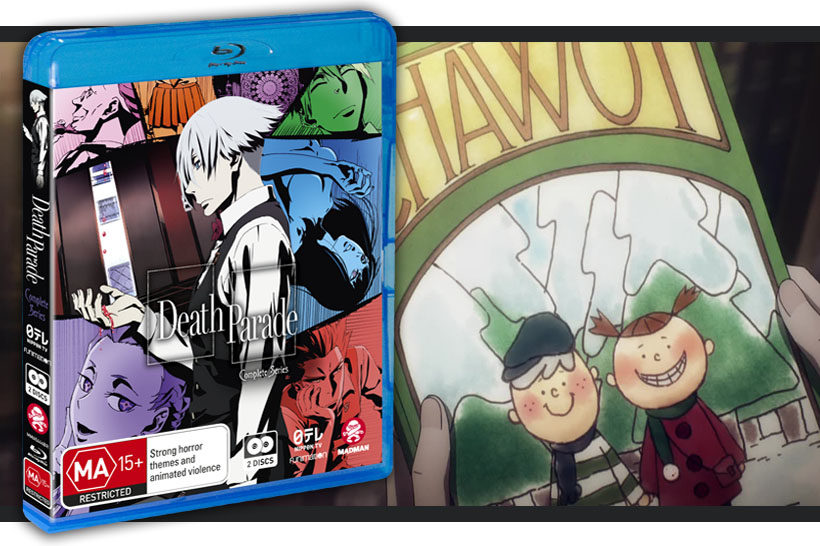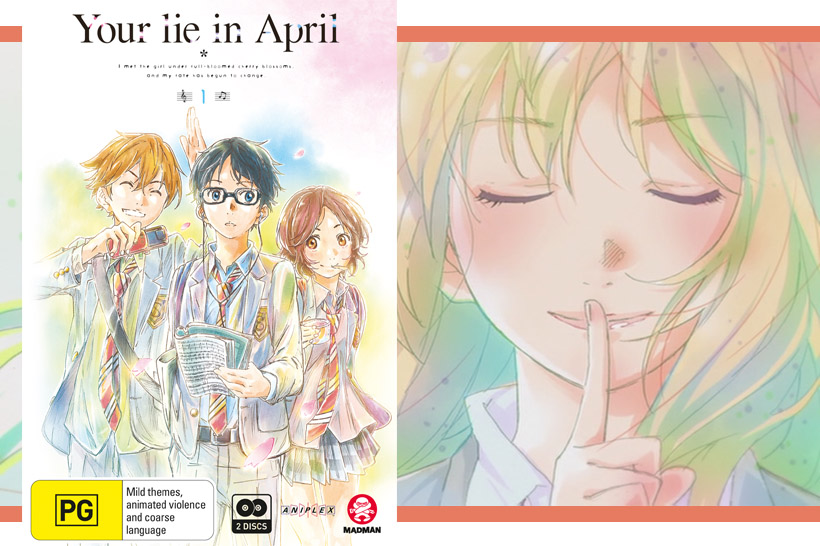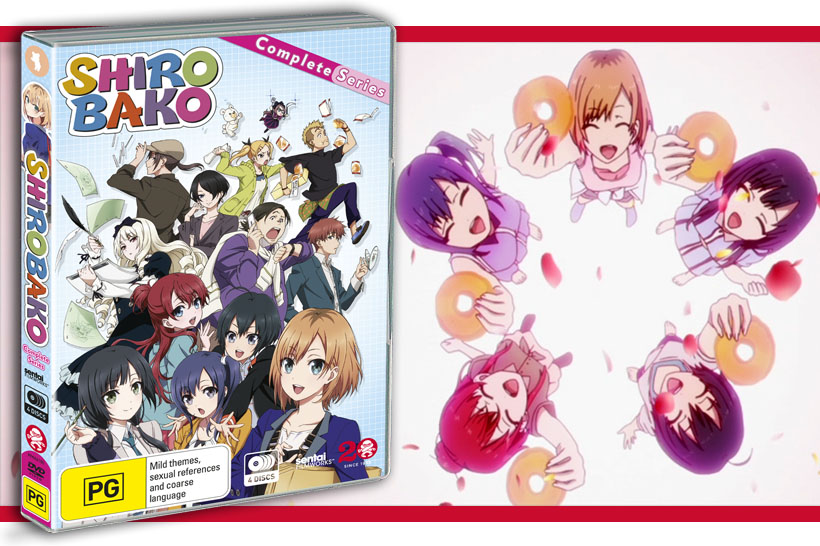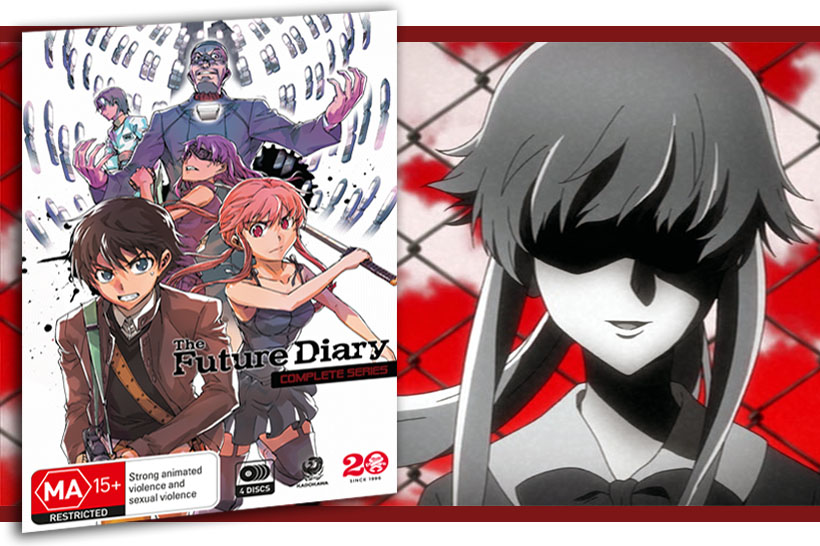There’s an art to finding the right balance between the aspects of a show with a serious story line, and in the realm of anime this scale is often tipped in favour of repetitive gags. Thankfully, through the clever use of universal themes in a unique setting, Death Parade stands out as both thought provoking as well as entertaining. Each episode introduces a new mystery that is resolved quick enough to be satisfying, while also adding a little more insight into the overarching plot happening in the background. With colourful art mixed in with a wonderfully varied cast of characters, Death Parade easily grabs your attention and doesn’t disappoint.
People throughout the world are dying at an alarming rate, and it’s the job of the literal bartenders of the afterlife to sort out which souls are worthy of reincarnation. These arbiters are tasked with judging the memories of the deceased along with their actions in the afterlife in order to determine their value as a human. Not being human themselves, many would see this as an impossible duty. However, by escalating a person’s emotions in games that often appear to have life or death consequences, the true colours of the players begin to surface, and it becomes simple to tell a “good” person from a “bad” one. For Decim, the day in, day out of judging souls changes dramatically after his new assistant finds her way into his bar.

Death is a theme explored often in anime, as are the questions surrounding the afterlife. In many cases, characters are portrayed to be actively avoiding death, growing as a result of their struggles. Otherwise, the death of a character is used to provide meaning to those left alive. Death Parade, however, employs characters who are already dead, centralising the concept around the idea of humanity and how it differs between people. Unlike Angel Beats, which is set up in a similar way, Death Parade doesn’t dwell on the need to live or the fight against mortality, instead taking on a stronger focus towards life in retrospect. The way in which the themes are portrayed in this show adds so much substance to an already intriguing story.
Death Parade touches on many issues through its themes. Considering the setting and tone of the show, it isn’t surprising to find the topics of depression and suicide included. What is surprising is how they don’t draw untoward attention to it. Rather than revolving solely around the cause of death, the show goes more in-depth on the effects of each character’s death. With the intent to induce empathy within the audience, the lack of empathy shown by the arbiters is accentuated. As the story progresses, the work that the arbiters do is explained further, and concerns involving overpopulation in the world are introduced. Of course, this isn’t a defining point of the show, but these small commentaries are relevant enough to be impactful.
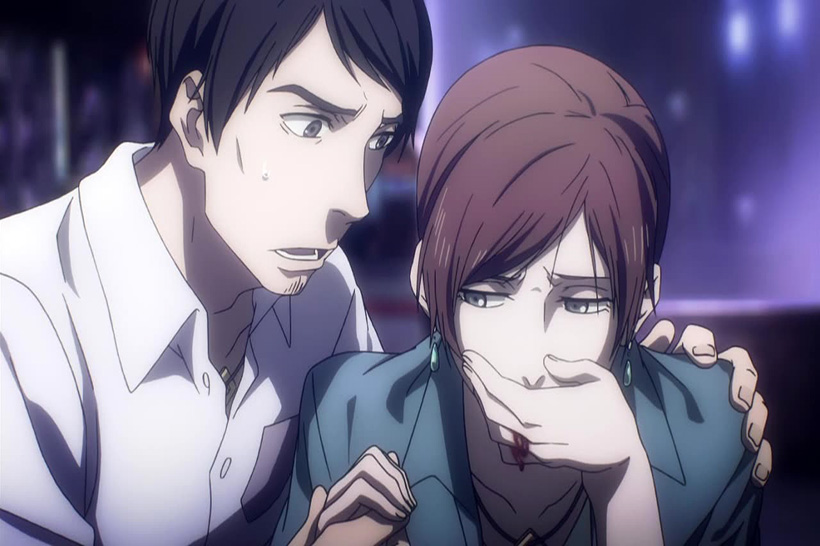
The art style of Death Parade is certainly unique. It’s not uncommon in anime for a dark show to be simultaneously colourful, usually to its benefit. In Death Parade, this quality is no exception, and the show utilises it without becoming ridiculously zany. There are sparse moments that stand out from the primarily serious tone of the show, but altogether the dark colours, both figuratively and literally, blend effortlessly with the bright. I’d say this is most obvious in the opening. Without a doubt, the opening in Death Parade did not at all prepare me for its subject matter. The juxtaposition generated here and in similar instances doesn’t detract from the meaning behind each episode, and when it comes down to it, it’s oddly appropriate for the show.
Probably the first time I’ve ever said this, but the characters themselves didn’t add a whole lot to the anime. Not to say that they weren’t well designed and interesting, but it’s clear that the show wasn’t based solely on them. The story easily could have existed with completely different characters for the majority of the cast. As such, the characters in Death Parade are more akin to vessels for the story to revolve around. That being said, they’re easy to connect with, including those who are only there for one episode, and I believe Madhouse made the right decisions with their characters overall. In addition, they did a fantastic job in making the characters look truly gross while crying.
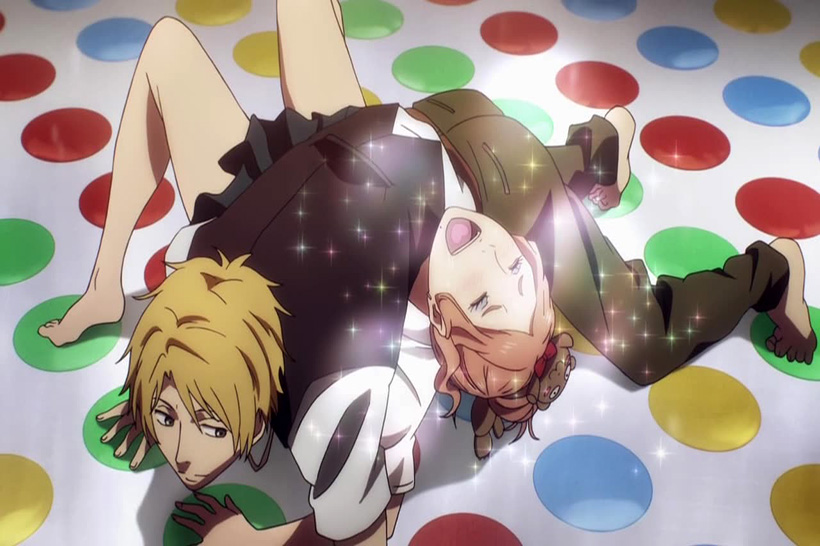
Once finished, Death Parade will leave you emotionally exhausted, and while I can’t guarantee a happy ending I can at least say that it is indeed satisfying. It’s visually stunning with exceptional imagery and a meaningful story. Most importantly, in many ways, Death Parade is relatable. Owing to its ubiquitous themes, I’m sure there are an abundance of people who will be able to identify with this show on an incredibly personal level through its storytelling, and that’s where it’s true worth can be found.
A review copy was provided by Madman Entertainment to the author for the purpose of this review.
Madman’s release includes the short film Death Billiards, which is what led to Death Parade‘s conception. As part of the Young Animator Training Project in 2013, the team at Madhouse received 38 million yen from the Japanese government’s Agency for Cultural Affairs to help out training animators. Death Billiards was well received and is definitely worth checking out in addition to Death Parade.

